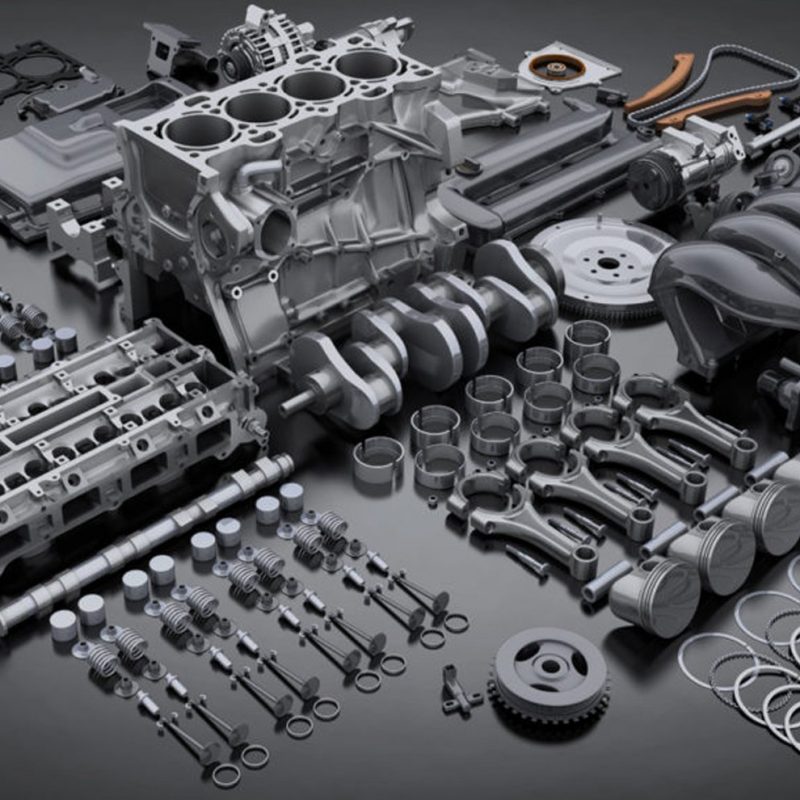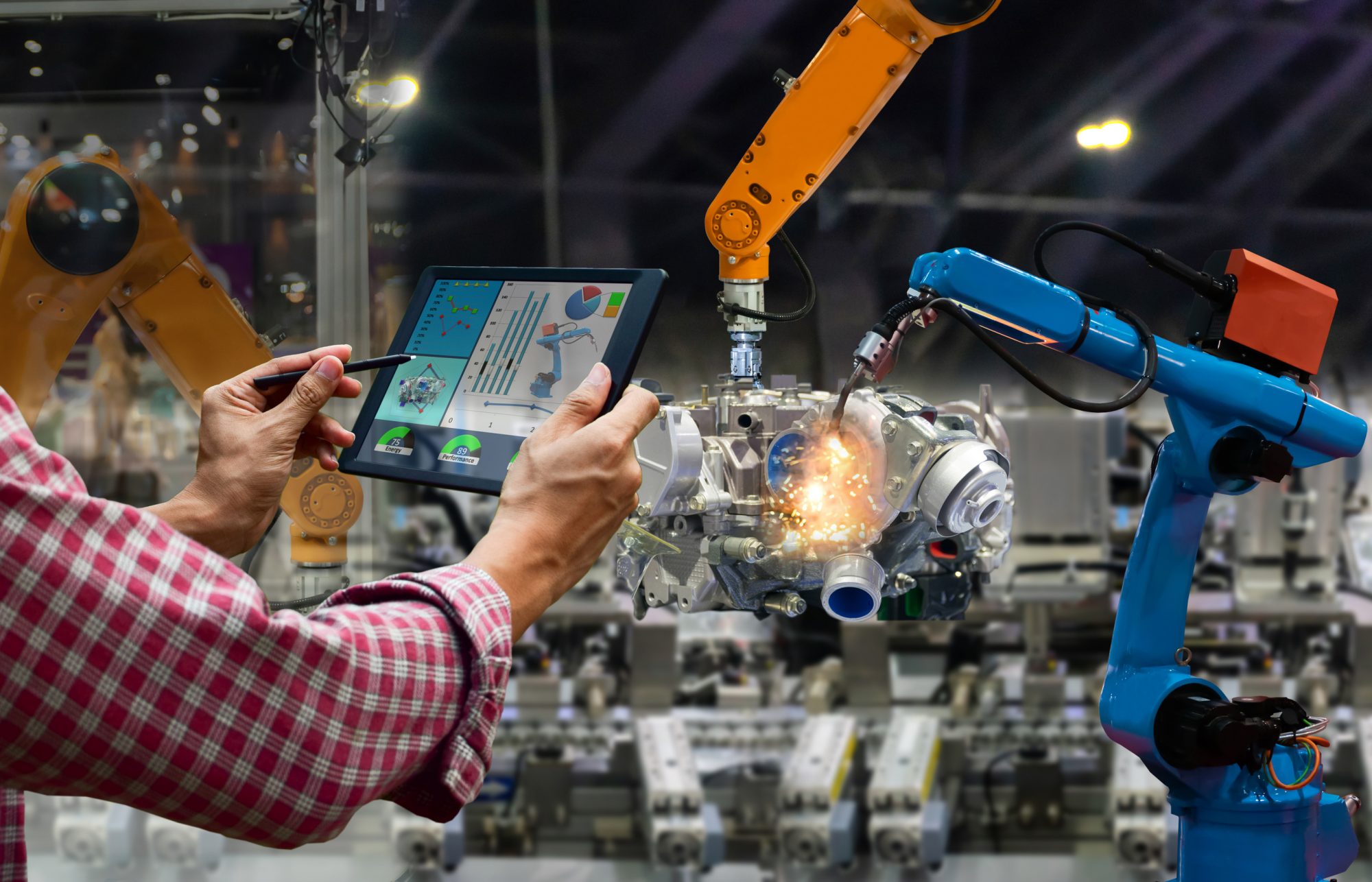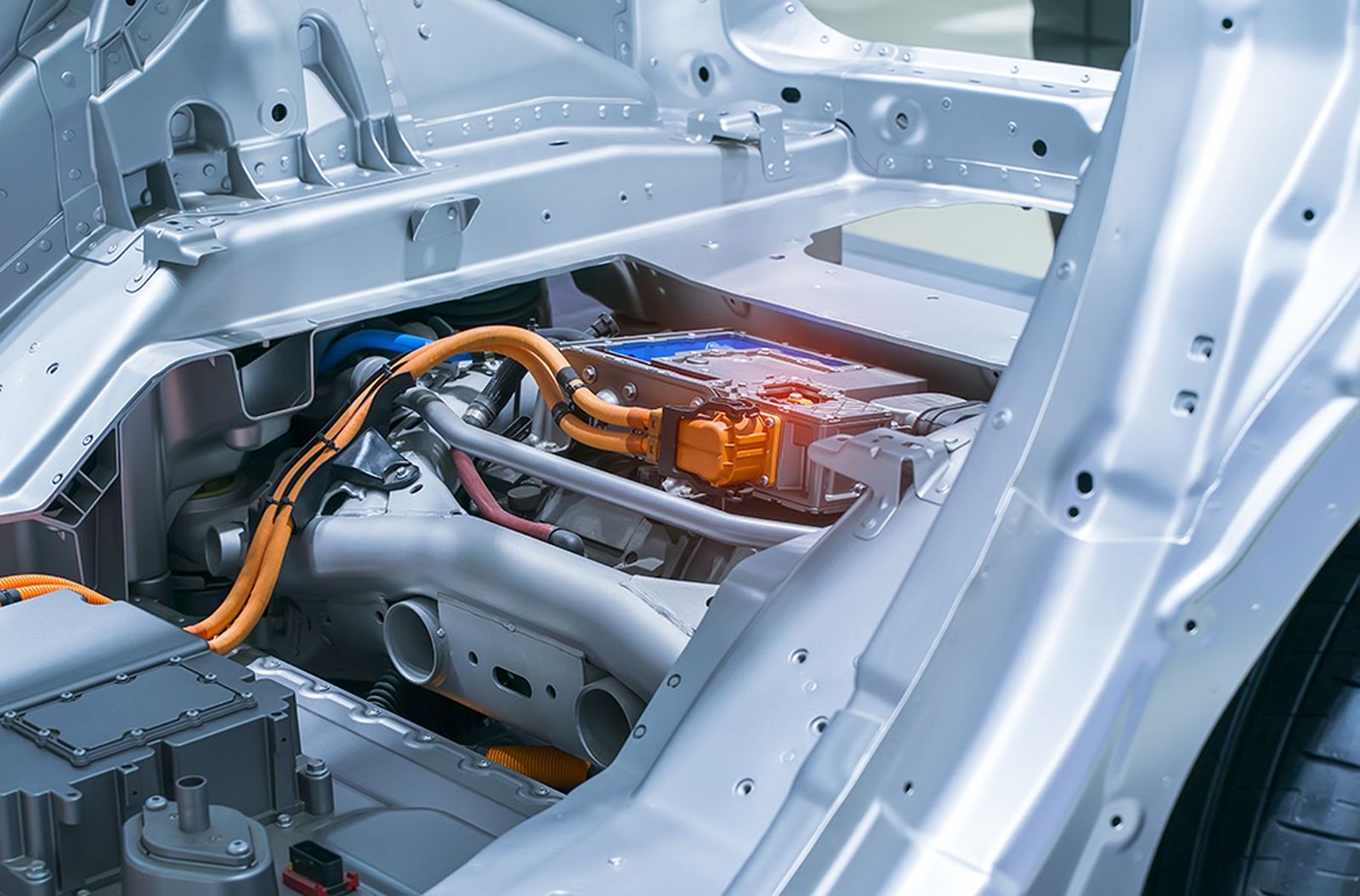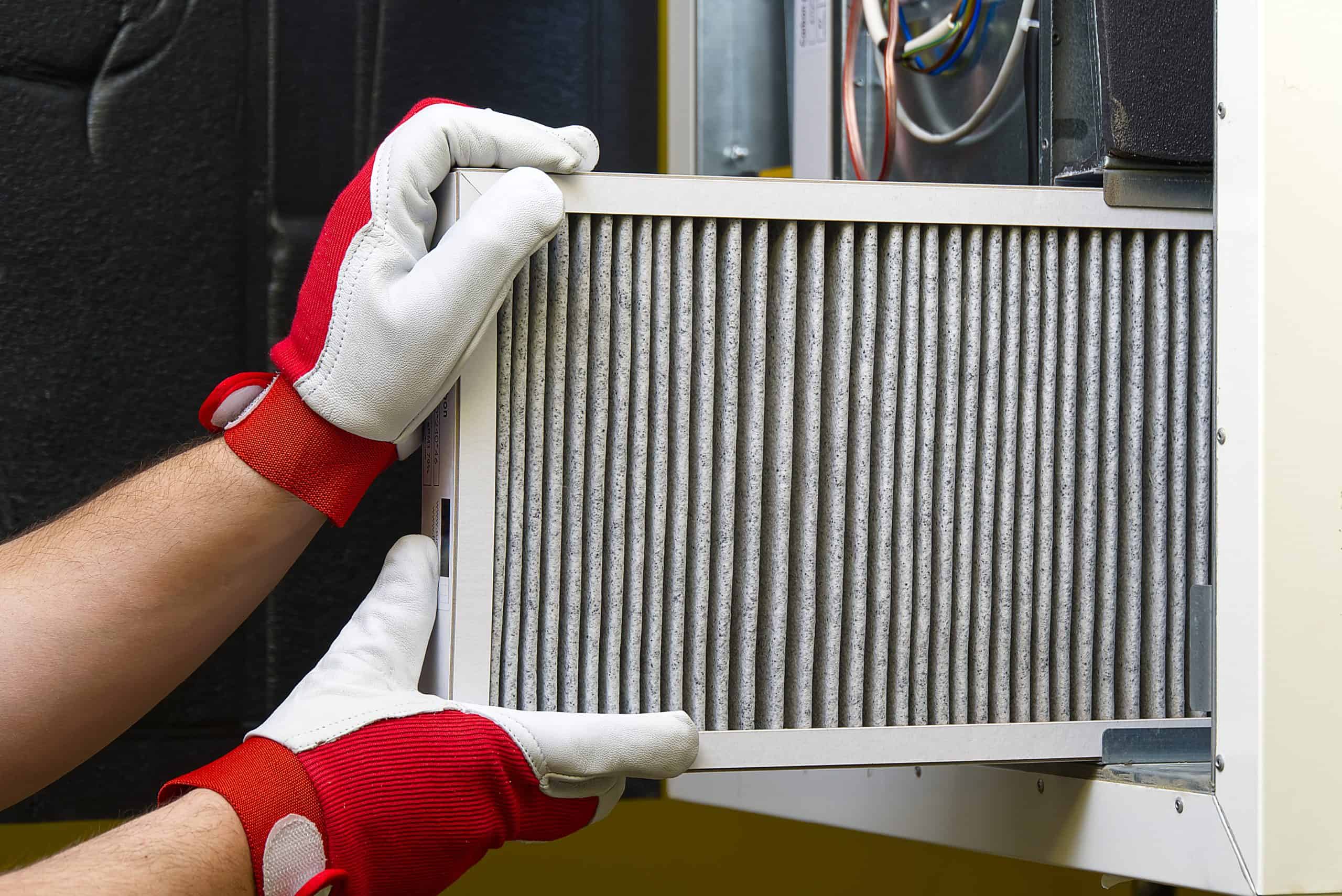The Top Safety Features in Today’s Cars
The Top Safety Features in Today’s Cars
Car safety features are an essential aspect of modern vehicles. These features are designed to protect passengers and drivers from injuries in the event of an accident. With advancements in technology, cars are now safer than ever before. From airbags to lane departure warning systems, today’s cars are equipped with a wide range of safety features that have helped to reduce the number of accidents and injuries on the road.
Brief overview of the top safety features in today’s cars Today’s cars are equipped with a wide range of safety features, including Advance Driver Assistance Systems (ADAS), passive safety features, and connected car technologies. ADAS technologies include lane departure warning, forward collision warning, and automatic emergency braking. Passive safety features include airbags, seat belts, and crumple zones. Connected car technologies include remote diagnostics, emergency assistance, and over-the-air updates. These features have helped to make cars safer than ever before and have played a significant role in reducing the number of accidents and injuries on the road.
Advance Driver Assistance Systems (ADAS)
Explanation of ADAS technology Advance Driver Assistance Systems (ADAS) are a set of technologies designed to assist drivers and enhance safety on the road. These systems use sensors and cameras to detect and respond to potential hazards on the road. ADAS technology can help to reduce the number of accidents and injuries on the road by providing drivers with warnings, alerts, and even taking control of the vehicle if necessary.
Discussion of specific ADAS features such as lane departure warning, forward collision warning, and automatic emergency braking One of the most common ADAS features is Lane Departure Warning (LDW) which will alert the driver when their vehicle is drifting out of their lane. Another popular ADAS feature is Forward Collision Warning (FCW) which will alert the driver when there is a potential collision with a vehicle in front of them. Automatic Emergency Braking (AEB) is a feature that will automatically apply the brakes if a collision is detected, to reduce the severity of the impact. These features are designed to help drivers avoid accidents and stay safe on the road.
Comparison of ADAS technology across different car models and manufacturers ADAS technology is widely available across different car models and manufacturers. However, the level of ADAS technology can vary widely between different models and manufacturers. Some car manufacturers offer a wide range of ADAS features as standard equipment, while others offer these features as optional upgrades. Some car manufacturers are also at the forefront of ADAS technology, offering advanced features such as adaptive cruise control, automatic parking, and more. It’s important for car buyers to research the ADAS technology available on different models and manufacturers before making a purchase.
Passive Safety Features
Explanation of passive safety features and their role in protecting passengers in the event of an accident Passive safety features are designed to protect passengers and drivers in the event of an accident. These features do not require any input from the driver and are automatically activated in the event of a crash. Examples of passive safety features include airbags, seat belts, and crumple zones. Airbags are designed to deploy in the event of a crash, providing cushioning for passengers and reducing the chance of injury. Seat belts help to keep passengers securely in place, reducing the chance of injury or death. Crumple zones are designed to absorb the energy of a crash, reducing the force of the impact on the occupants of the vehicle.
Discussion of specific passive safety features such as airbags, seat belts, and crumple zones Airbags are an essential passive safety feature in today’s cars, and are designed to deploy in the event of a crash, providing cushioning for passengers and reducing the chance of injury. There are many different types of airbags available, including front airbags, side airbags, and curtain airbags. Seat belts are another important passive safety feature, designed to keep passengers securely in place in the event of a crash. Today’s seat belts are designed to be more comfortable and secure than ever before, and are typically equipped with pre-tensioners and load limiters. Crumple zones are a structural feature of the car that are designed to absorb the energy of a crash, reducing the force of the impact on the occupants of the vehicle.
Comparison of passive safety features across different car models and manufacturers Passive safety features are widely available across different car models and manufacturers. However, the level of passive safety features can vary widely between different models and manufacturers. Some car manufacturers offer a wide range of passive safety features as standard equipment, while others offer these features as optional upgrades. Car buyers should research the passive safety features available on different models and manufacturers before making a purchase to ensure that the car they choose is equipped with the safety features that are important to them.
Connected Car Technologies
Explanation of connected car technologies and their impact on car safety Connected car technologies refer to the integration of internet-enabled technologies into vehicles. These technologies allow cars to communicate with other vehicles and with infrastructure, such as traffic lights and smart roads. Connected car technologies can have a significant impact on car safety, by providing drivers with real-time information about traffic conditions, road hazards, and other important information. Additionally, connected car technologies can also allow for remote diagnostics, emergency assistance, and over-the-air updates, all of which can help to improve the safety of the car and its occupants.
Discussion of specific connected car technologies such as remote diagnostics, emergency assistance, and over-the-air updates Remote diagnostics is a connected car technology that allows car manufacturers or dealerships to access the car’s onboard computer and diagnose problems remotely. This can help to identify and fix issues before they become a problem. Emergency assistance is another important connected car technology that allows the car to call for help in the event of an accident, alerting emergency services to the location of the car and providing them with important information about the occupants of the car. Over-the-air updates, also known as OTA updates, allow car manufacturers to send software updates to the car’s onboard computer, fixing bugs, adding new features and improving the car’s performance and security.
Comparison of connected car technologies across different car models and manufacturers Connected car technologies are becoming increasingly prevalent across different car models and manufacturers. However, the level of connected car technologies can vary widely between different models and manufacturers. Some car manufacturers offer a wide range of connected car technologies as standard equipment, while others offer these features as optional upgrades. Car buyers should research the connected car technologies available on different models and manufacturers before making a purchase to ensure that the car they choose is equipped with the connected car technologies that are important to them.
Future of Car Safety
Discussion of emerging technologies and their potential impact on car safety The future of car safety is looking bright, with many new and emerging technologies that have the potential to greatly improve the safety of cars and their occupants. Some of the most promising technologies include autonomous driving, vehicle-to-vehicle communication, and advanced sensor technologies. Autonomous driving technology has the potential to greatly reduce the number of accidents caused by human error, while vehicle-to-vehicle communication can help to improve traffic flow and reduce the number of accidents. Advanced sensor technologies such as lidar, radar, and cameras can help to improve the accuracy and reliability of ADAS systems, making cars safer than ever before.
Explanation of industry trends and how they may shape the future of car safety The automotive industry is evolving rapidly, and this is having a significant impact on car safety. Electric and hybrid vehicles are becoming increasingly popular, and this trend is likely to continue in the future. Electric and hybrid vehicles are generally safer than traditional gasoline-powered cars, as they have fewer moving parts and are less likely to catch fire in the event of an accident. Additionally, the trend towards shared mobility, such as car-sharing and ride-hailing, is also likely to shape the future of car safety. Shared mobility can help to reduce the number of cars on the road, which can help to reduce the number of accidents and injuries.
Conclusion and summary of key takeaways from the article In conclusion, car safety is an essential aspect of modern vehicles, and advancements in technology have made cars safer than ever before. Advance Driver Assistance Systems (ADAS), passive safety features, and connected car technologies are all important aspects of car safety that have played a significant role in reducing the number of accidents and injuries on the road. The future of car safety is looking bright, with many new and emerging technologies that have the potential to greatly improve the safety of cars and their occupants. Electric and hybrid vehicles, shared mobility are also likely to shape the future of car safety. However, car buyers should research the available safety features of different models and manufacturers before making a purchase to ensure that the car they choose is equipped with the safety features that are important to them.


